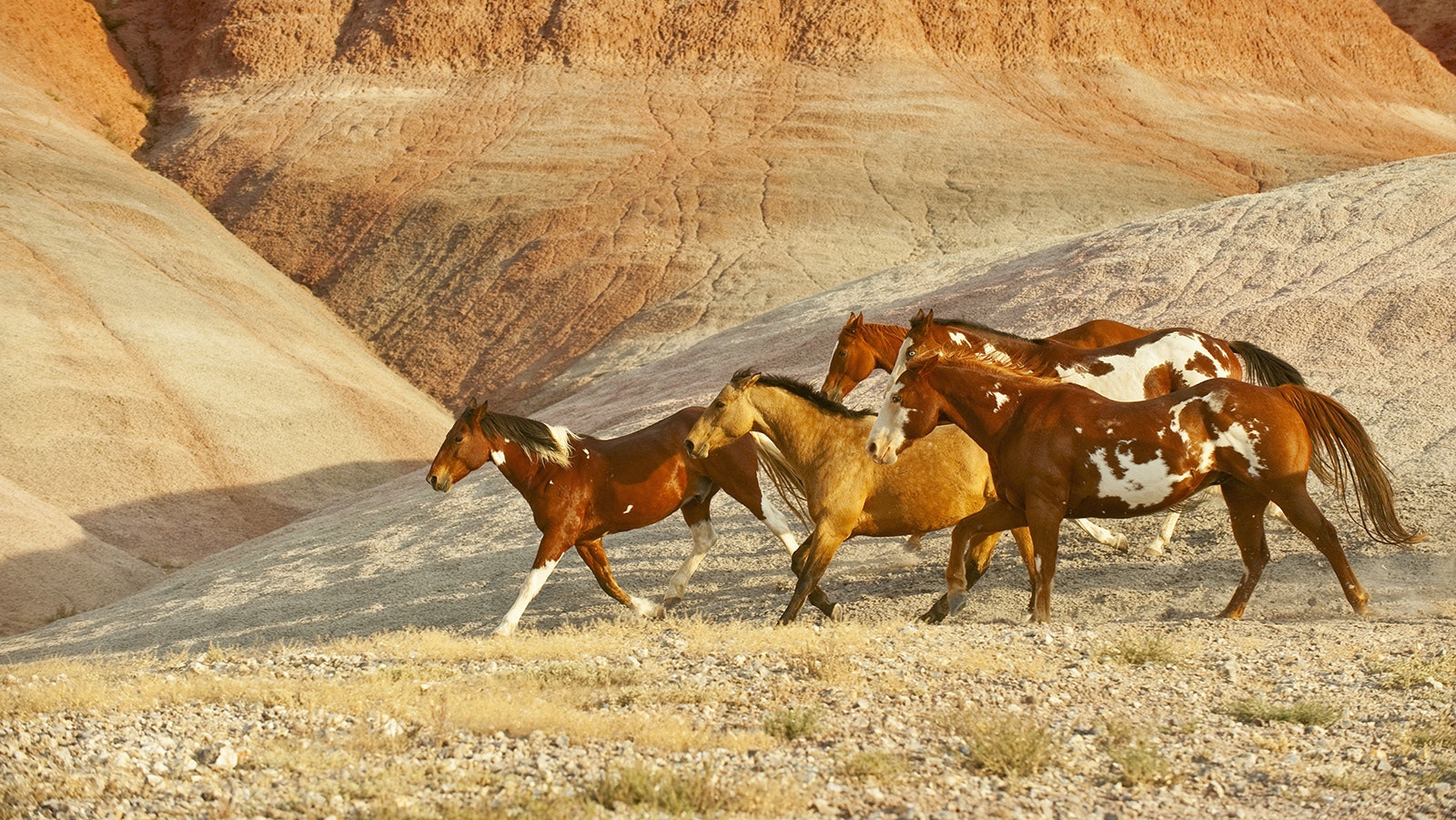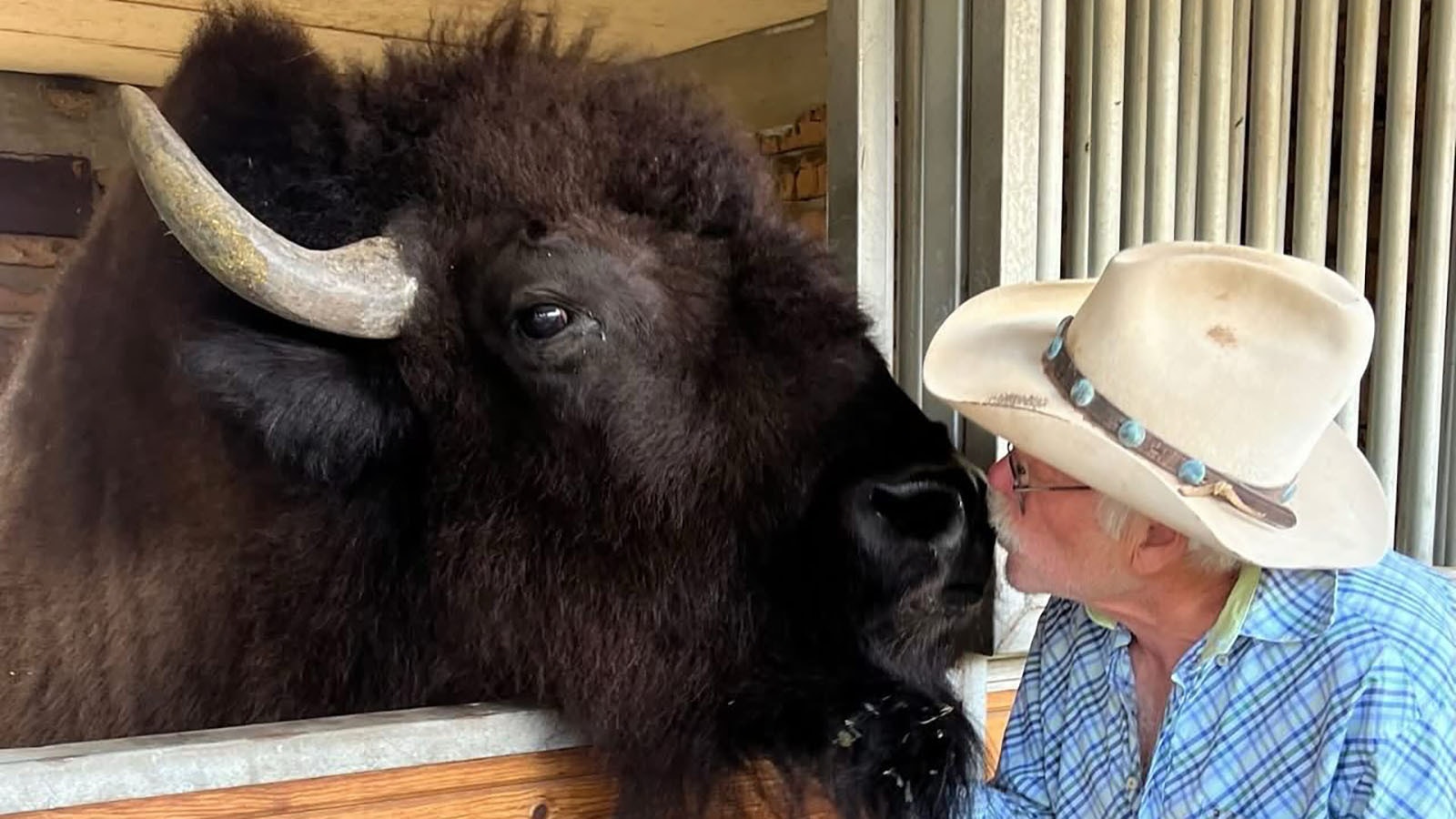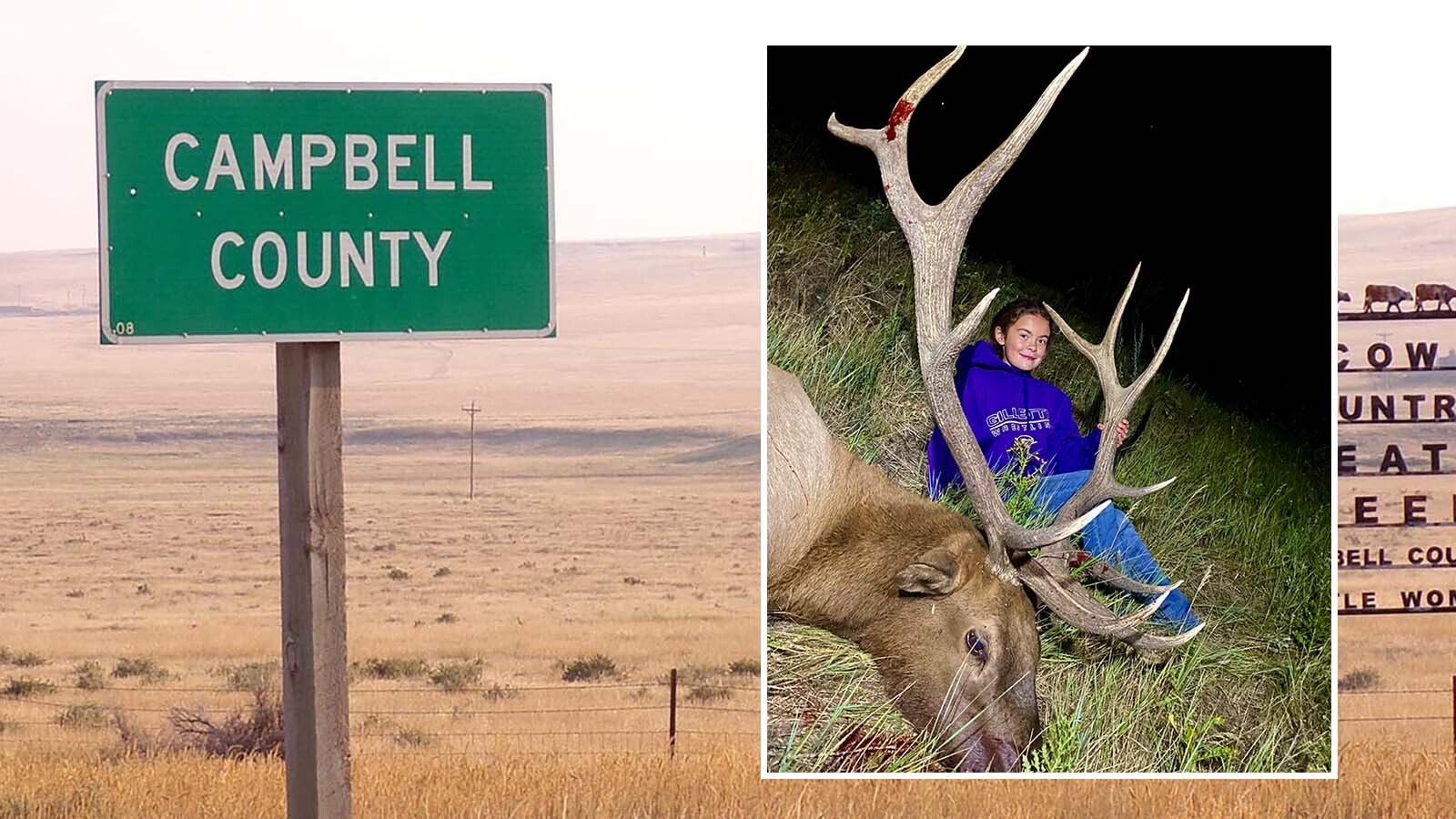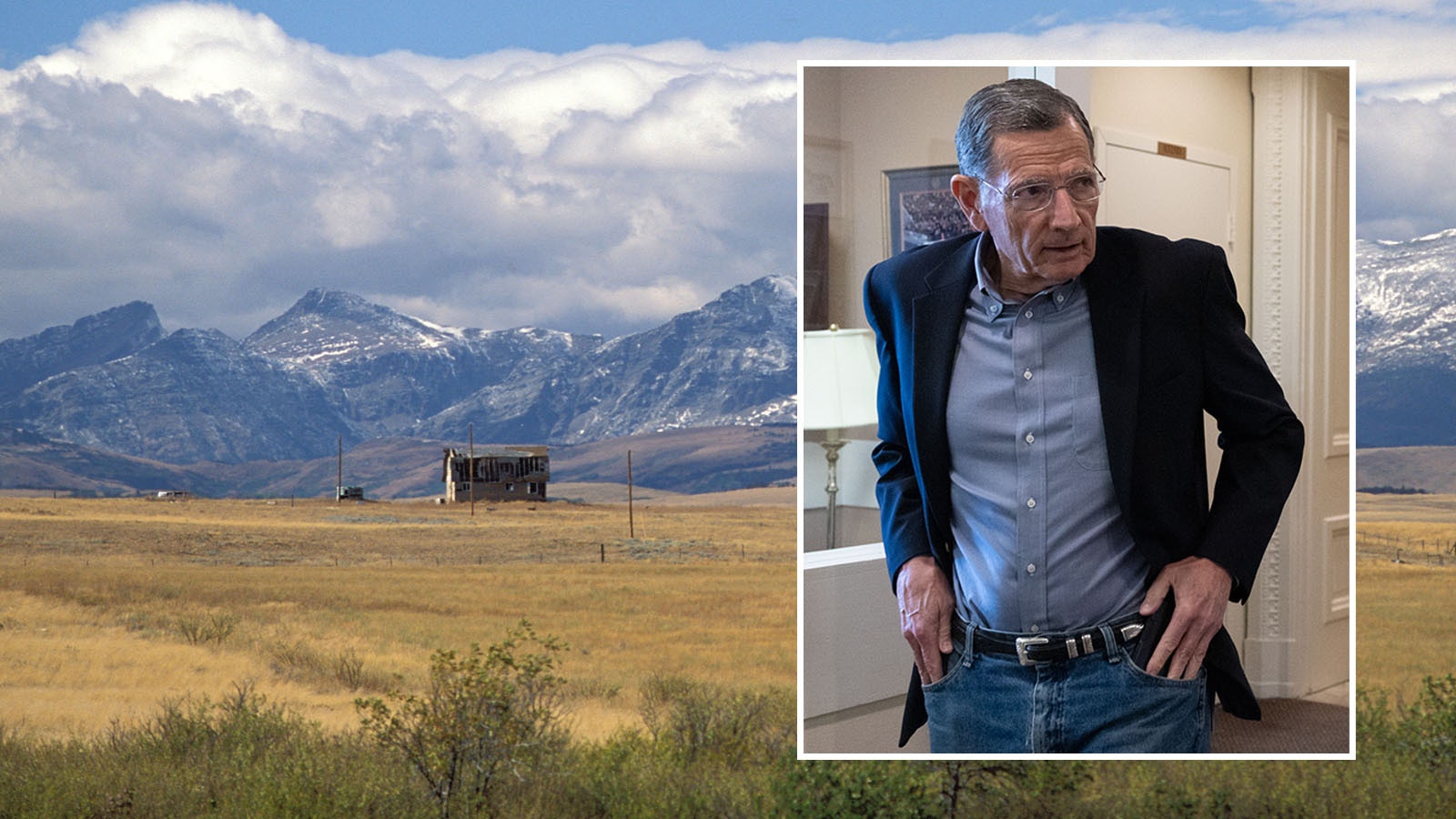From an overall conservation perspective, there’s a lot to like about the Bureau of Land Management’s proposed plans for millions of acres in central Wyoming, a wildlands advocate said.
But for now at least, the controversy over how to manage thousands of mustangs that roam the Red Desert and surrounding areas remains unresolved, wild horse advocate Chad Hanson of Casper told Cowboy State Daily.
“As a social scientist Monday through Friday, and wild horse tour guide on weekends, I have mixed feelings about the BLM’s Rock Springs field office’s new draft resource management plan for the Red Desert,” he said.
Many Points Of View
The resource management plan (RMP) has drawn wide interest, much of it critical, since it was released last month with proposals on how to manage millions of acres of public land in southwest Wyoming.
Many prominent Wyoming elected officials – including Gov. Mark Gordon and U.S. Rep. Harriet Hageman, R-Wyoming – have blasted the plan, claiming that it’s far too restrictive on energy development and public access.
Members of the Wyoming Legislature have weighed in as well. Rancher and legislator Rep. Allen Slagle, R-Newcastle, said he’s worried that the BLM could end up driving cattle off the land under the auspices of protecting riparian areas.
However, BLM officials have pushed back against the criticism, claiming much of it was based on misinformation and telling Cowboy State Daily that the agency is eager to hear from the Wyoming public regarding the RMP.
The draft proposal, maps and other information are available online, as is a guide for filing comments.
Number Of Conservationists Underestimated?
For his part, Hanson said some of the loudest critics of the RMP might be giving a distorted view of what people think about conserving central Wyoming’s vast wildlands.
He cited an annual survey conducted by Colorado College regarding environmental attitudes in Wyoming and across the West.
It indicates that public sentiment leans in favor of conservation, he said.
“This year, (the survey results indicate that) the state of Wyoming led the region with the highest percentage of citizens that ‘consider themselves conservationists’ at 74%,” Hanson said. “A strong majority of Wyoming respondents, 72%, also ‘support a national goal of conserving 30% of America’s land and waters by the year 2030.’
“Although the BLM’s draft plan has received criticism from several outspoken individuals, the social science on the state of Wyoming suggests broad-based support for the conservation-oriented portions of the plan,” he added.
No Movement On The Mustang Front
At the same time, Hanson – a longtime critic of the BLM’s mustang management policy – said the current RMP does nothing for the horse herds.
“Where wild horses are concerned, the plan leaves less to like. To put it simply, wild horse management issues are not discussed; but rather ‘addressed under a separate ongoing RMP amendment and environmental impact statement,’” he said.
BLM Rock Springs office Field Manager Kimberlee Foster, told Cowboy State Daily earlier this week that the current draft RMP doesn’t deal with mustangs, and horse management is being handled as a separate matter.
Earlier this year, as the public and officials were trying to determine just how many animals were killed by a brutal winter, Hanson questioned the BLM’s estimations that Wyoming still had more than 8,000 mustangs. Winterkill and other factors had probably left about only half as many still alive on the open range, Hanson argued.
Cows Over Horses
He said this week that he’s still frustrated by what he sees as stonewalling on the agency’s part when it comes to mustangs, instead of including them in the current draft RMP.
“Historically, the BLM has maintained an administrative wall between key parts of its management processes. For example, the bureau maintains separations between its livestock and wild horse initiatives,” Hanson said. “By addressing the two uses in separate steps and by different means, members of the public rarely see the biases in the BLM’s decisions.”
The plight of the White Mountain mustang herd serves as an example, he added.
“For example, in the White Mountain wild horse herd management area, north of Rock Springs, the agency allots more than 90% of the forage to stock. Inside the habitat that Congress set aside for wild horses, mustangs are allowed less than 10% of the forage available,” he said.
Moreover, he claimed, mustangs are made out to be scapegoats for cattle.
“If the horse population is left unmanaged, and the size of the herd should happen to double, then the BLM is quick to urgently point out, ‘there are two times as many horses as the range can support.’ Realistically, however, most of us would not see a situation where wild horses eat 18-19% of the food intended for them as a disaster. By keeping its grazing permitting processes separate from wild horse management, the BLM perpetuates a myth that mustangs are nearly always overpopulated,” Hanson said.
Now’s The Time To Speak Up
One thing Hanson and BLM officials agree upon is the importance of public comments. The public comment period for the RMP is set to close on Nov. 16, although some Wyoming legislators are pushing to have it extend at least until March 2024.
“I would encourage the public to comment on the Red Desert Resource plan, and I would urge commenters to insist that the BLM increase transparency, so citizens can make informed decisions about the nature and direction of the agency’s priorities,” Hanson said.
Mark Heinz can be reached at mark@cowboystatedaily.com.





